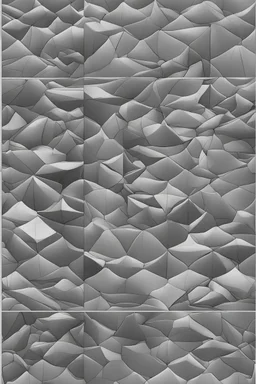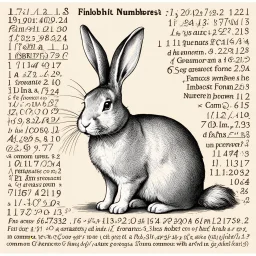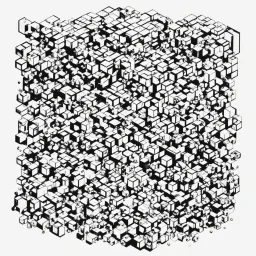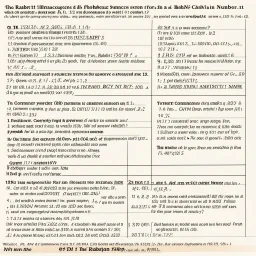![Placeholder: How many ways are there to break up the number 64 into 10 natural summands (integers ≥ 1), whose maximum is 12? [Ways that differ only by the order of their summands do not count as different.]](https://img.stablecog.com/insecure/64w/aHR0cHM6Ly9iLnN0YWJsZWNvZy5jb20vZmFkOTcyZTUtNTRmZi00YTc0LWE0N2MtOGFiOWI0OTFmNTA0LmpwZWc.webp)
![How many ways are there to break up the number 64 into 10 natural summands (integers ≥ 1), whose maximum is 12? [Ways that differ only by the order of their summands do not count as different.]](https://img.stablecog.com/insecure/1920w/aHR0cHM6Ly9iLnN0YWJsZWNvZy5jb20vZmFkOTcyZTUtNTRmZi00YTc0LWE0N2MtOGFiOWI0OTFmNTA0LmpwZWc.webp)
@generalpha
Prompt
How many ways are there to break up the number 64 into 10 natural summands (integers ≥ 1), whose maximum is 12? [Ways that differ only by the order of their summands do not count as different.]
distorted image, malformed body, malformed fingers
3 months ago
Model
SSD-1B
Guidance Scale
7
Dimensions
1024 × 1024
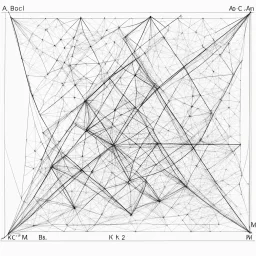
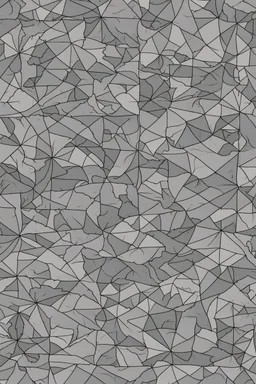
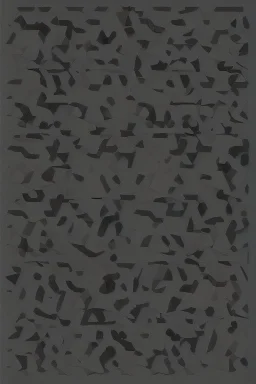
![[art in Hedcut style] font alphabet](https://img.stablecog.com/insecure/256w/aHR0cHM6Ly9iLnN0YWJsZWNvZy5jb20vOTEwYmJmYjgtMWViMS00NTEyLTkyZjgtMjVjMWMwMzk0YTMzLmpwZWc.webp)
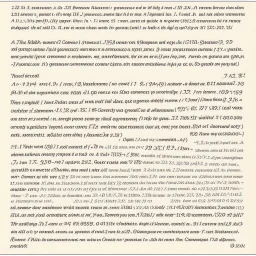
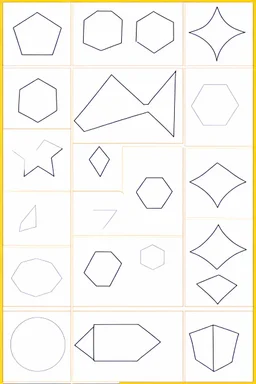
![[coffee] In the Inn, the smiling hobbit worked behind the bar. Though small in stature, none was more joyful in service. His eyes, bright as sunrise and always upturned in mirth, inspected beans from distant lands. From the machine poured drinks like liquid gold. Each shot drew from him a chuckling sniff, scents of exotic hills filling his head. With care he textured cream, lips still smiling as lofty peaks crowned. Patrons gathered round pots steaming, laughter echoing as in a hobbit-h](https://img.stablecog.com/insecure/256w/aHR0cHM6Ly9iLnN0YWJsZWNvZy5jb20vOTZlYTgwODItNzViMS00ODc1LTkwZDYtYzY3ZDljZDY1NWI2LmpwZWc.webp)
